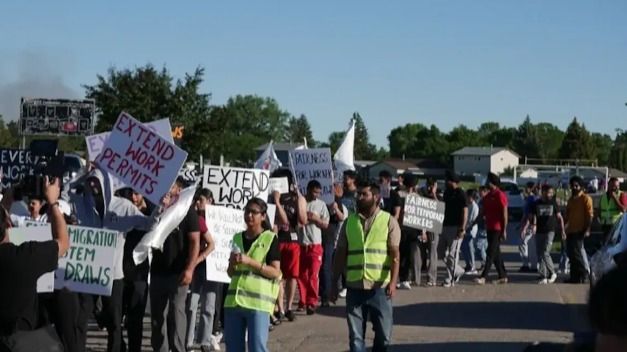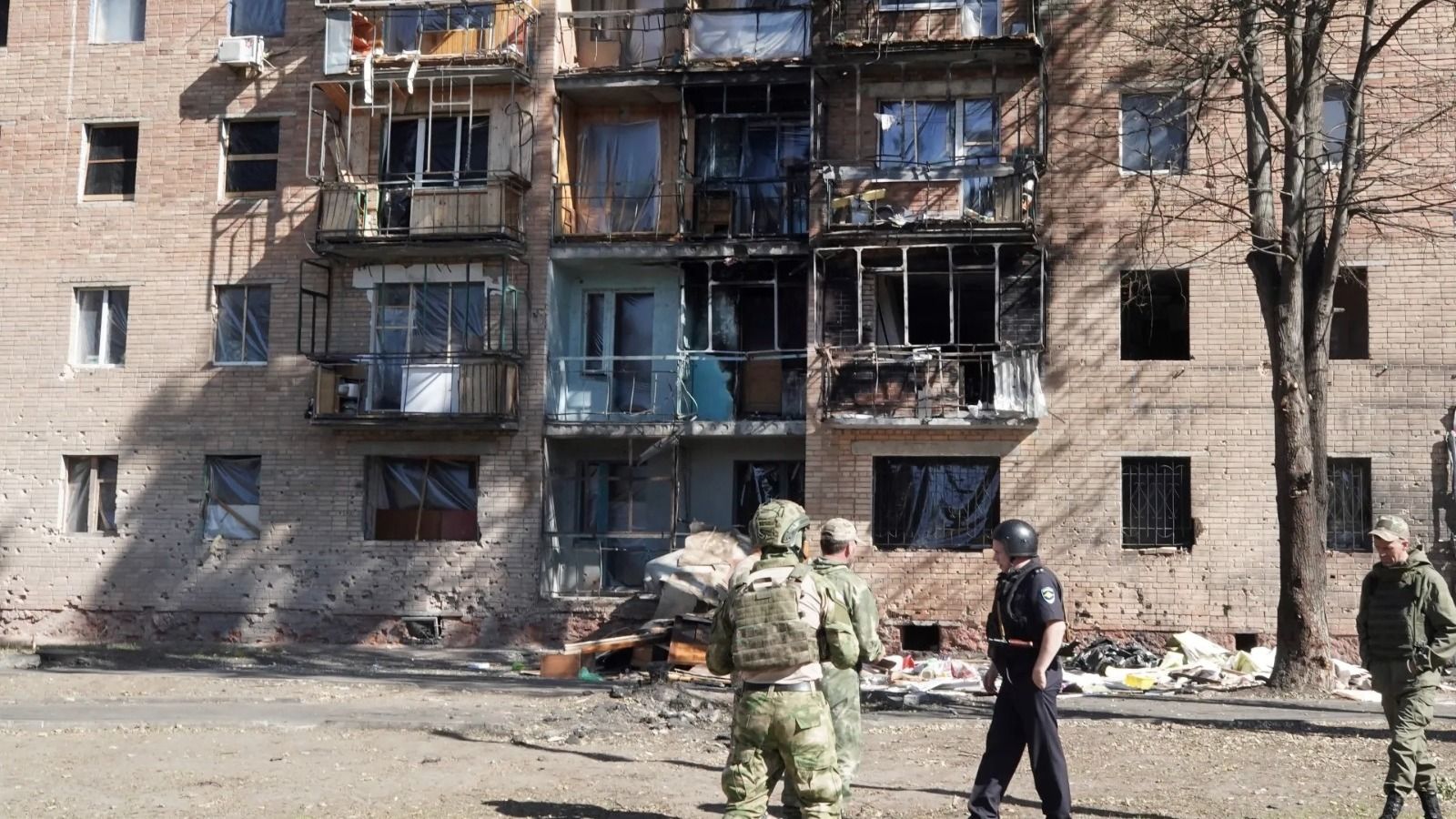In recent weeks, more than 70,000 international student graduates in Canada have found themselves facing a stark and uncertain future due to recent changes in federal immigration policies. The new rules have sparked widespread protests across the country, with many students, particularly those from India, voicing their frustration and disappointment.
What’s Happening?
The Canadian government has introduced significant changes affecting international students. These changes include a cap on new study permits and a reduction in permanent residency nominations. This has left many international graduates fearing deportation when their work permits expire at the end of the year.
Protests have erupted from coast to coast, with students organizing rallies and setting up encampments in various provinces, including Prince Edward Island (PEI), Ontario, Manitoba, and British Columbia. In PEI, students have been demonstrating outside the legislative assembly for over three months, challenging the new immigration rules.
Why Are Students Upset?
The core of the students’ frustration lies in the new policies affecting their ability to stay in Canada. “I spent six years taking risks to come to Canada. I studied, worked, paid taxes, and earned enough Comprehensive Ranking System (CRS) points, but the government has taken advantage of us,” said Mehakdeep Singh, a former international student facing deportation. Singh, who invested his family’s life savings in tuition, now confronts the possibility of being forced to leave the country with no clear path to permanent residency.
The recent changes include a 25% reduction in permanent residency nominations, which has left many students unexpectedly vulnerable. Additionally, the Canadian government has imposed a cap on international student permit applications, which will limit the number of new permits to around 360,000 in 2024—a 35% decrease from the previous year.
Government’s Justification
The Canadian government, including Immigration Minister Marc Miller, has cited the significant pressure on housing, healthcare, and other services as the reason for these changes. The new rules aim to manage the influx of international students, who made up 37% of study visa holders in 2023.
One specific measure is the restriction on “flagpoling,” where temporary residents would leave and re-enter Canada to expedite work or study permit applications. The government has also announced plans to reduce the number of temporary foreign workers in low-wage jobs.
Indian Students’ Concerns
In places like Brampton, Indian students have led large protests, expressing frustration with being blamed for local housing and job crises. Advocacy groups, such as the International Sikh Student Organisation, argue that these issues are due to broader policy failures, not the influx of international students.
Students feel they are being unfairly targeted despite their substantial investments in their education and the Canadian economy. They are calling on the government to extend post-graduate work permits, establish clearer pathways to permanent residency, and address the systemic issues contributing to their current predicament.
The ongoing protests highlight the growing desperation among international students, who now find themselves at a crossroads, caught between their dreams of building a future in Canada and the harsh reality of new immigration restrictions. Their situation underscores the broader challenges of managing immigration and student policies in a rapidly changing world.
Explained: Why are Indian Students Protesting in Canada? world-news, canada World News | Latest International News | Global World News | World News Today




